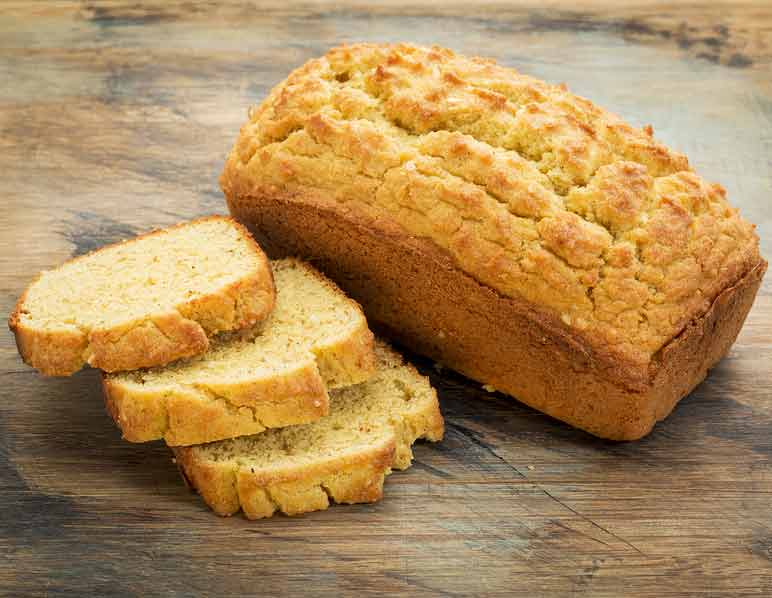Coconut Flour is unique to bake with, the most significant difference to other flours is its incredible absorbency.
For this reason you can’t just substitute Coconut Flour with wheat flour. It takes many more eggs and other liquids to make up a recipe using Coconut Flour.
Unless you already have prior experience cooking with coconut flour, it is best to use an existing coconut flour recipe rather than risk wasting time and ingredients trying to adapt an existing wheat flour recipe.
Does It Fit My Diet?
- Paleo – yes
- Vegetarian – yes
- Vegan – yes
- Raw – yes
- Gluten Free – yes
- FODMAP Friendly – yes
Coconut Flour Benefits
- Highest fibre of all the flours
- A great nut free flour substitute
- Economical, a little goes a long way
Tips
- Add small amounts gradually
- Use in combination with nut flours to improve texture
- Don’t over stir
- Sift before adding
- Store in fridge in summer
Coconut Flour Health & Nutrition
Nutritionally Coconut Flour stacks up to be the most healthful choice as a replacement to wheat flour.
It has the highest fibre content of any flour, and few digestible carbohydrates. The fat in Coconuts is mainly lauric acid, a saturated fat thought to support the immune system and the thyroid, although not a lot of it remains in the flour after the defatting process.
If you need a gluten free option for the school lunchbox, Coconut Flour treats are a good choice.
How Is Coconut Flour Made?
Coconut Flour is simply finely ground dried coconut meat. It is made from the coconut solids that are left over after the meat been used to produce coconut milk.
Coconut Flour Recipes
- Please recheck your ID.

